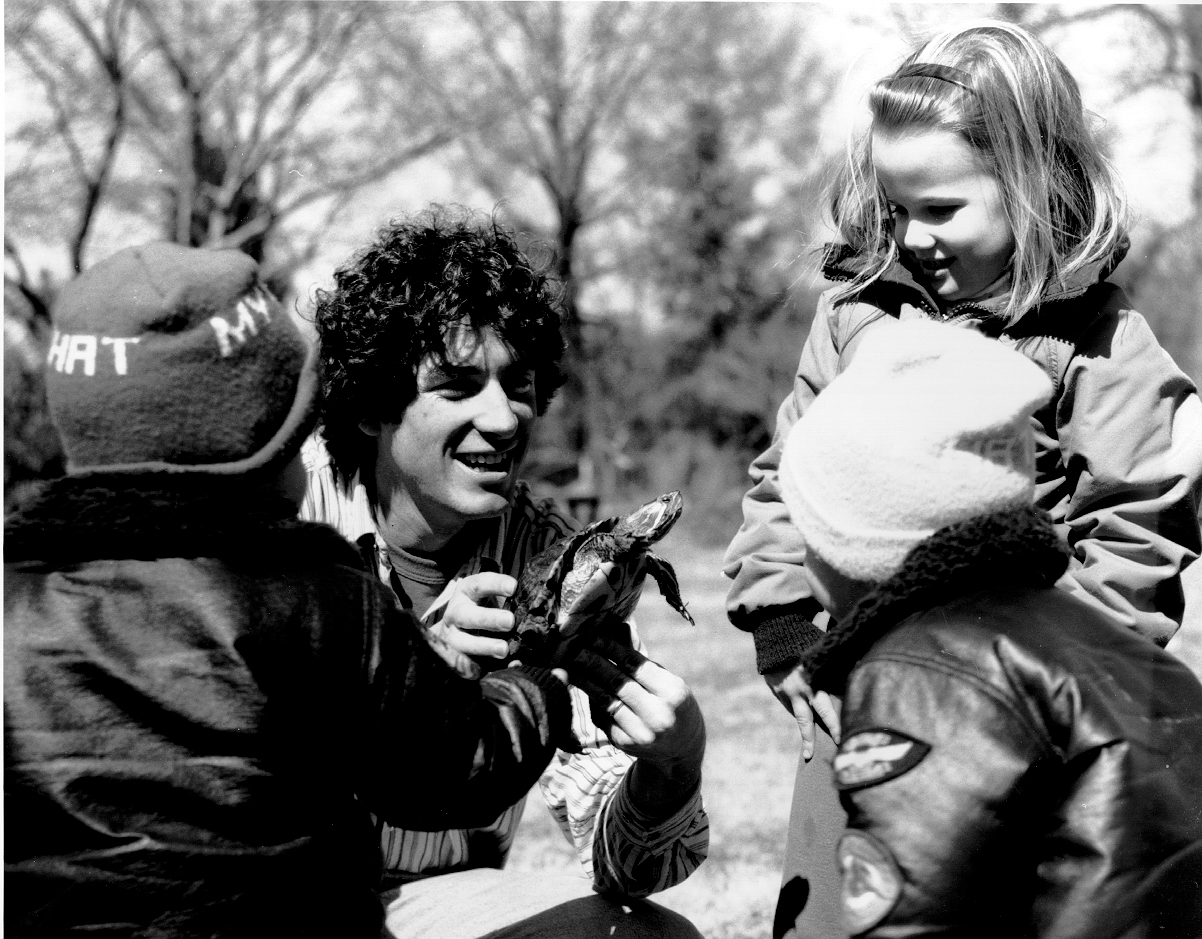 In 1949 a handful of farsighted community leaders joined forces to form the Stony Brook-Millstone Watershed Association. Concerned at the time about agricultural runoff, soil erosion and stream sedimentation, the Watershed Association became central New Jersey’s first environmental group. Since that time, our focus has evolved. Today we protect clean water and the environment through a combination of conservation, advocacy, science and education. Thanks to the loyal support of our members and volunteers the Watershed Association has grown into one of the largest and most respected watershed associations in the country.
In 1949 a handful of farsighted community leaders joined forces to form the Stony Brook-Millstone Watershed Association. Concerned at the time about agricultural runoff, soil erosion and stream sedimentation, the Watershed Association became central New Jersey’s first environmental group. Since that time, our focus has evolved. Today we protect clean water and the environment through a combination of conservation, advocacy, science and education. Thanks to the loyal support of our members and volunteers the Watershed Association has grown into one of the largest and most respected watershed associations in the country.
THREE IMPORTANT FIGURES IN WATERSHED ASSOCIATION HISTORY:
 Kathleen Peyton, Watershed Association founder
Kathleen Peyton, Watershed Association founder
The Conservation Chair for the Garden Club of Princeton, Mrs. Peyton took interest in one of the nation’s first watershed association – the Brandywine Valley Watershed Association -and felt it could work as a model for an organization to protect natural resources in central New Jersey. Part of a committee of five, she helped identify the 265-square-mile region now known as the Stony Brook-Millstone Watershed and solicited the help of the Soil Conservation Service to take on the first surveys of this area for soil erosion.
 David Hunter McAlpin Sr., Watershed Association founder
David Hunter McAlpin Sr., Watershed Association founder
A charter trustee of the Conservation Foundation, which merged with the World Wildlife Fund in 1990, Mr. McAlpin sought the advice and support of Conservation Foundation founder Henry Fairfield Osborn Jr. who saw a critical need for grassroots organizations to protect the environment at the watershed scale. With Osborn’s guiding spirit, Mr. McAlpin and a committee of five helped attract enough interest in soil erosion and forest management issues to transform the all-volunteer group into a permanent fixture in the community. Mr. McAlpin also served as Association President and Membership Chairman during his tenure.
 Dr. Muriel Gardiner Buttinger, Watershed Association benefactor
Dr. Muriel Gardiner Buttinger, Watershed Association benefactor
Dr. Muriel Gardiner Buttinger was the Watershed Association’s primary benefactor. A student studying medicine in Vienna at the beginning of World War II, Dr. Buttinger risked her life working to transport Jews out of the country – for which she was later awarded the Austrian Cross of Honor. After the war, she and her family moved to the historic Drake Farmstead in Hopewell. A psychiatrist dedicated to children and an early and avid supporter of the Watershed Association’s work, Dr. Buttinger ultimately gifted her farm – more than 400 acres of land – to the Watershed Association, laying the foundation for the Watershed Reserve and Honey Brook Organic Farm.

